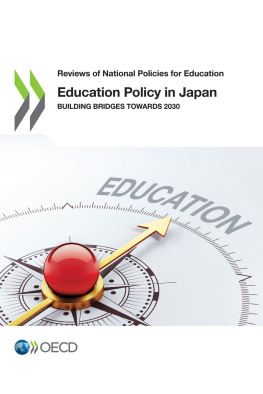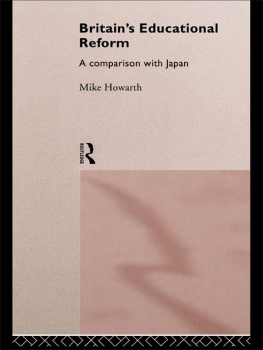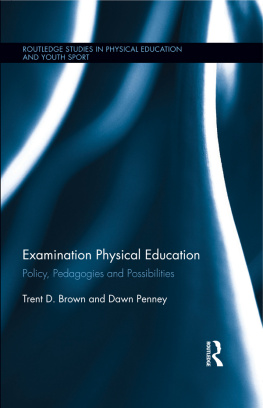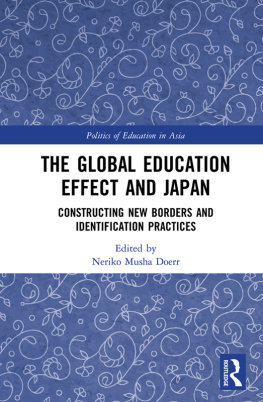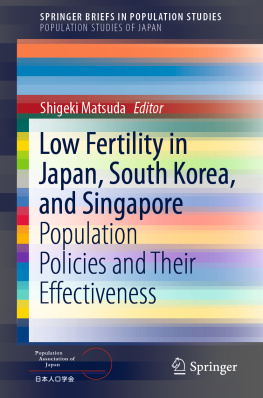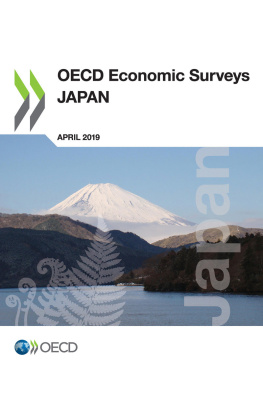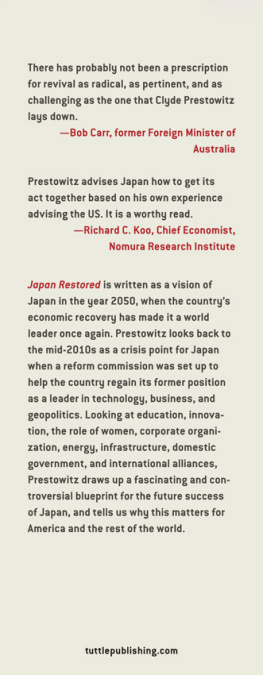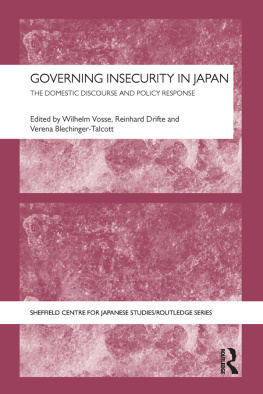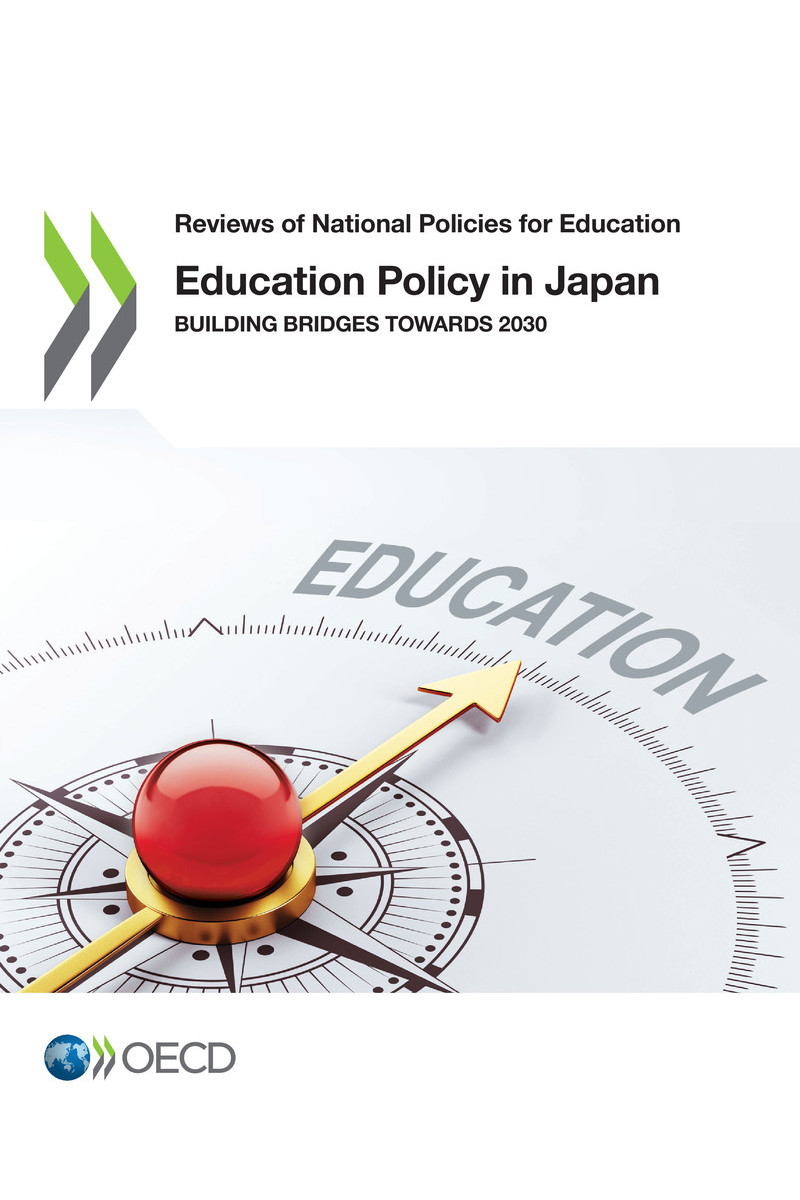Reviews of National Policies for Education
Education Policy in Japan Building Bridges towards 2030
Please cite this publication as:
OECD (2018), Education Policy in Japan: Building Bridges towards 2030 , Reviews of National Policies for Education, OECD Publishing, Paris.
https://doi.org/10.1787/9789264302402-en
Metadata, Legal and Rights
ISBN: 978-92-64-30239-6 (print) - 978-92-64-30240-2 (pdf) - 978-92-64-30459-8 (HTML) - 978-92-64-30458-1 (epub)
DOI: https://doi.org/10.1787/9789264302402-en
Series: Reviews of National Policies for Education
ISSN: 1563-4914 (print) - 1990-0198 (online)
This work is published under the responsibility of the Secretary-General of the OECD. The opinions expressed and arguments employed herein do not necessarily reflect the official views of OECD member countries.
This document, as well as any data and any map included herein, are without prejudice to the status of or sovereignty over any territory, to the delimitation of international frontiers and boundaries and to the name of any territory, city or area.
The statistical data for Israel are supplied by and under the responsibility of the relevant Israeli authorities. The use of such data by the OECD is without prejudice to the status of the Golan Heights, East Jerusalem and Israeli settlements in the West Bank under the terms of international law.
Photo credits: Cover eabff/Shutterstock.com
Corrigenda to OECD publications may be found on line at: www.oecd.org/publishing/corrigenda .
OECD 2018
You can copy, download or print OECD content for your own use, and you can include excerpts from OECD publications, databases and multimedia products in your own documents, presentations, blogs, websites and teaching materials, provided that suitable acknowledgement of OECD as source and copyright owner is given. All requests for public or commercial use and translation rights should be submitted to .
Foreword
The highest-performing education systems across OECD countries combine excellence with equity. Japanese 15-year-olds have been among the top performers since the inception of the OECD Programme for International Student Assessment (PISA), and Japanese adults have the highest proficiency in literacy and numeracy in the Survey for Adult Skills, a product of the OECD Programme for the International Assessment of Adult Competencies. At the same time, the socio-economic status of students does not strongly influence PISA results in Japan. This highlights the high level of equity of the Japanese education system.
But challenges linked to economic and societal trends, globalisation and skill-biased technological change can have a major impact, even in a high-performing education system. Coping with these challenges requires new skills, and schools need to adapt their contribution to shaping the future.
Japans high performance relies on the high-priority it places on education and on its holistic model of education delivered by highly qualified teachers and the external collaboration of communities and parents. However, sustaining high performance requires constant revision.
Already the Second Basic Plan for the Promotion of Education (2013-17) placed education at the centre of the roadmap to growth. Japan is now moving to its Third Basic Plan for the Promotion of Education (2018-22). A number of reforms are progressively being rolled out, including the following:
fostering the development of capacities for a new era through a National Curriculum Reform focusing on improving lessons from a perspective of proactive, interactive and authentic learning
reforming the teaching career to improve teaching skills
strengthening school-community partnerships by involving communities in childrens education and reforming school management
ensuring financial support for those in need at non-mandatory levels (such as early childhood education and care and tertiary education) while improving access to tertiary education and adult learning through the promotion of new programmes to foster lifelong learning in an ageing society.
This report aims to highlight the many strengths of Japans education system, as well as the challenges it must address to carry out reforms effectively and preserve its holistic model of education. The ultimate goal is to ensure that the education system delivers the best for all students and that Japanese learners have the knowledge, skills, attitudes and values they need for the 21st century.
Acknowledgements
This report assessing Japans policies and practices in the field of education and skills is informed by international experience and best practices from OECD countries. The assessment process involved a country background report, an OECD preliminary visit to help define the key areas for review and, in January 2017, the main OECD review visit to Japan. There were also many exchanges and consultations with experts and stakeholders in Japan and internationally.
The review team is indebted to the Japanese government which supported this review, under the leadership of the Ministry of Education, Culture, Sports, Science and Technology (MEXT). We are also grateful to Tomoka Satomi, Director of International Affairs Division; Naoki Himiya, Director of Policy Planning and Coordination Division of Lifelong Learning Policy Bureau; Yu Kameoka, Liaison Officer to the Minister / Minister's Secretariat; and Kosuke Terasaka, Deputy Director of Policy Planning and Coordination, Division of Lifelong Learning Policy Bureau; for organising the review visits and co-ordinating the review process.
Thanks are also due to the authors of the country background report, prepared by the Benesse Corporation for MEXT. Their contribution was extremely valuable to the review. We further want to convey our appreciation to the participants in the review visits, whose views, experience and knowledge provided a wealth of insights. The courtesy and hospitality extended to us throughout our stay in Japan made our task as enjoyable as it was stimulating and challenging.
This report was prepared as part of OECDs Reviews of National Policies for Education undertaken by the Policy Advice and Implementation Division within the Directorate for Education and Skills. The OECD review team was composed of Beatriz Pont, who led the review, Pierre Goudard, who co-ordinated the report and wrote Chapter 1, and Hiroko Ikesako, who provided analytical support. The external experts on the team were Graham Donaldson (author of Chapter 2), Ben Jensen (author of Chapter 3) and Roger Smyth (author of Chapter 4).
The review team acknowledges support from: Andreas Schleicher, Director for Education and Skills; Paulo Santiago, Head of the Policy Advice and Implementation Division; Shane Samuelson, Deputy Head of the Skills beyond Schools Division; Miho Taguma, Senior Analyst within the Early Childhood and Schools; and Thomas Weko, Senior Analyst within the Policy Advice and Implementation Division. In addition, analysts Hannah von Ahlefeld, Esther Carvalhaes, Arno Engel, Ricardo Espinoza, Margarita Kalamova and Claudia Sarrico provided in-depth feedback and advice during the review process. We are also grateful to Shun Shirai, Head of Office for Curriculum Planning of Elementary and Secondary Education Bureau (MEXT), who provided key advice at the beginning of the review (and facilitated it), and Hiroko Asahara, whose analytical support during the final stage of the review process has been most useful. Our thanks also go to Marta Rilling, who provided administrative support and organised the publication process, and to Susan Copeland, who edited the report.

